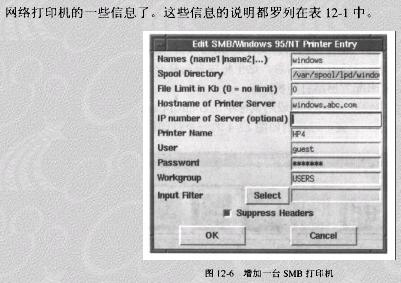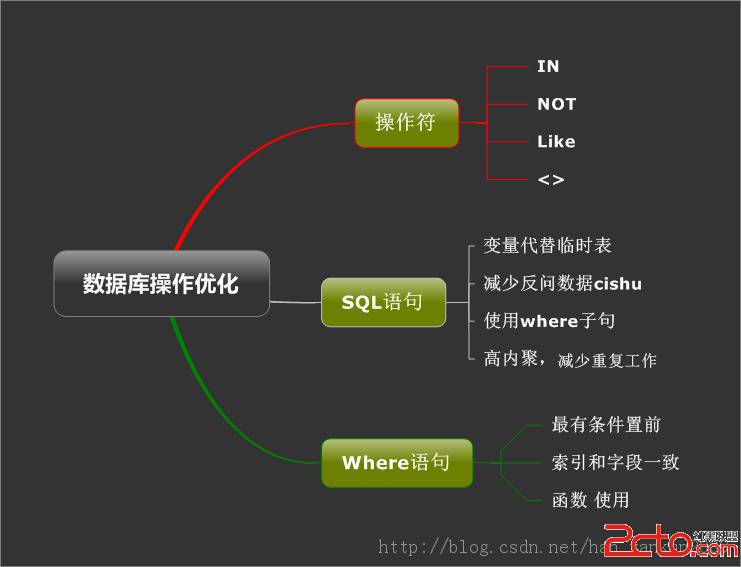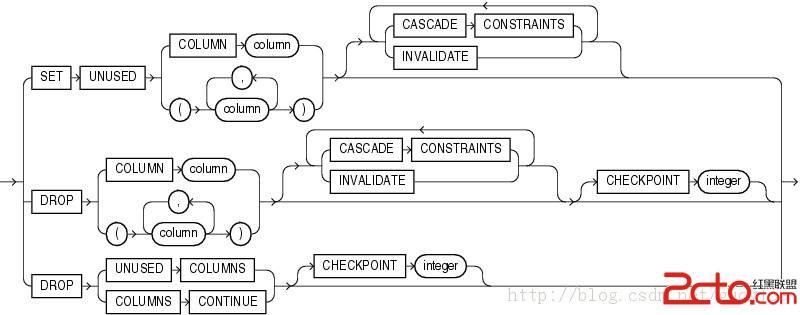[每日一题]OCP1z0-047 :2013-08-27 WITH子句
[每日一题]OCP1z0-047 :2013-08-27 WITH子句

正确答案:CD
题目解析:
没有进行子查询因子化的交叉数据分析查询
[html] gyj@OCM> select /*+ gather_plan_statistics */ 2 product 3 , channel 4 , quarter 5 , country 6 , quantity_sold 7 from 8 ( 9 select 10 prod_name product 11 , country_name country 12 , channel_id channel 13 , substr(calendar_quarter_desc, 6,2) quarter 14 , sum(amount_sold) amount_sold 15 , sum(quantity_sold) quantity_sold 16 from 17 sh.sales 18 join sh.times on times.time_id = sales.time_id 19 join sh.customers on customers.cust_id = sales.cust_id 20 join sh.countries on countries.country_id = customers.country_id 21 join sh.products on products.prod_id = sales.prod_id 22 group by 23 prod_name 24 , country_name 25 , channel_id 26 , substr(calendar_quarter_desc, 6, 2) 27 ) 28 ) PIVOT ( 29 sum(quantity_sold) 30 FOR (channel, quarter) IN 31 ( 32 (5, '02') AS CATALOG_Q2, 33 (4, '01') AS INTERNET_Q1, 34 (4, '04') AS INTERNET_Q4, 35 (2, '02') AS PARTNERS_Q2, 36 (9, '03') AS TELE_Q3 37 ) 38 ) 39 order by product, country;
现在让我们使用with子句来将这个查询分解为易于理解的字节级大小的块。
进行子查询因子化的交叉表
[html] gyj@OCM> with sales_countries as ( 2 select /*+ gather_plan_statistics */ 3 cu.cust_id 4 , co.country_name 5 from sh.countries co, sh.customers cu 6 where cu.country_id = co.country_id 7 ), 8 top_sales as ( 9 select 10 p.prod_name 11 , sc.country_name 12 , s.channel_id 13 , t.calendar_quarter_desc 14 , s.amount_sold 15 , s.quantity_sold 16 from 17 sh.sales s 18 join sh.times t on t.time_id = s.time_id 19 join sh.customers c on c.cust_id = s.cust_id 20 join sales_countries sc on sc.cust_id = c.cust_id 21 join sh.products p on p.prod_id = s.prod_id 22 ), 23 sales_rpt as ( 24 select 25 prod_name product 26 , country_name country 27 , channel_id channel 28 , substr(calendar_quarter_desc, 6,2) quarter 29 , sum(amount_sold) amount_sold 30 , sum(quantity_sold) quantity_sold 31 from top_sales 32 group by 33 prod_name 34 , country_name 35 , channel_id 36 , substr(calendar_quarter_desc, 6, 2) 37 ) 38 select * from 39 ( 40 select product, channel, quarter, country, quantity_sold 41 from sales_rpt 42 ) pivot ( 43 sum(quantity_sold) 44 for (channel, quarter) in 45 ( 46 (5, '02') as catalog_q2, 47 (4, '01') as internet_q1, 48 (4, '04') as internet_q4, 49 (2, '02') as partners_q2, 50 (9, '03') as tele_q3 51 ) 52 ) 53 order by product, country;
尽管这并不是一个非常复杂的SQL例子,但确实可以用来说明WITH子句是如何能够被用来增强SQL语句的可读性和可维护性的,通过使用这一技术,大而复杂的查询可以变得更易于理解。
WITH query_name子句可以让你为子查询块分配一个名称。然后你就可以通过声明query_name在查询中多次引用这个子查询。Oracle数据库通过将这个查询名称作为内嵌视图或临时表对等来优化查询。
注意Oracle可能将因子化的子查询作为临时表来处理。在一个表被引用多次的查询中,这可能是一个独特的性能上的优势,因为Oracle可以物化查询结果集,从而避免多次执行一些非常耗占资源的数据库运算。在这里需要注意的是只是“可能”的独特性能优势。需要牢记于心的一点是物化结果集需要创建一个临时表并将数据行插入其中。如果同一个结果集将会被引用很多次的话,这样就可能是很值得的,否则就有可能极大地降低性能。





